Nature’s Engineers and the Return of the Burrowing Owl
The California ground squirrel is a wonderous and critically important component of a healthy grassland. You may not think of them as nature’s engineers, and may even have some other choice names for them! But, in fact, they are essential ecosystem engineers that increase water infiltration into the ground, improve soil health and build habitat for hundreds of other species. One of the species that is dependent on ground squirrels is the burrowing owl, a small brown and white barred owl seen standing out in the grassland on unusually long legs.
The burrowing owl’s name might lend you to think they are industrious little birds that excavate their own burrows. In reality they are more of the Airbnb type patrons, preferring instead to seasonally ‘borrow’ burrows from other species like the ground squirrel. Ground squirrels seem to tolerate the intrusion by relinquishing that section of their labryinth until the owls move on in the spring, although some of our wildlife cameras suggest the ground squirrel does still check in on its burrow, despite some serious side eye from the occupying owl.
Burrowing owls were historically known to use The Preserve as habitat over the winter but had been missing for about ten years until we observed one on Peñon in 2015. Much like our tiger salamanders, the burrowing owls started showing up again after we had grazed and opened up the grasslands for our local wildlife. Now, each winter, we keep an eye out for burrowing owls on Peñon and the Mesa. We hope to see more around The Preserve as the Grasslands Initiative builds momentum and the conservation grazing program expands. Let us know if you see any around! Unlike most owls, burrowing owls are active during the day, have legs that are nearly as long as their body, eyebrow feathers that will make you think they are scolding you, and hang out in areas where there are ground squirrels or other cavities in the ground. You can tell an owl has been using a burrow or hole because white guano splatters surround the entrance and there may be very tiny owl pellets nearby too. Sometimes they will even decorate the entrance to their burrow with shiny bobbles to mark it as their home. That is until they head out in the spring and relinquish the burrow to its rightful owner, the humble but essential ground squirrel.
BY CHRISTY WYCKOFF
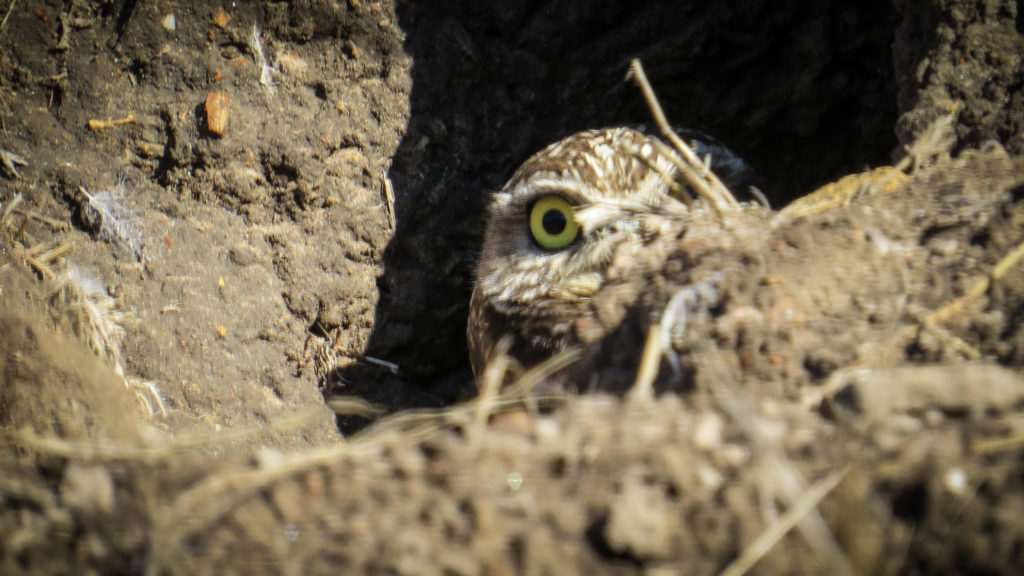
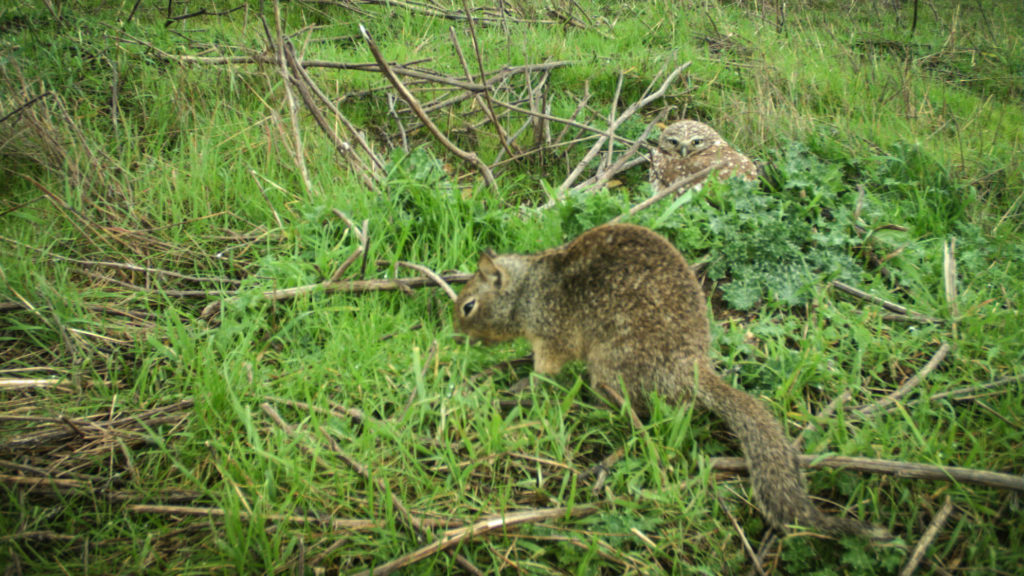
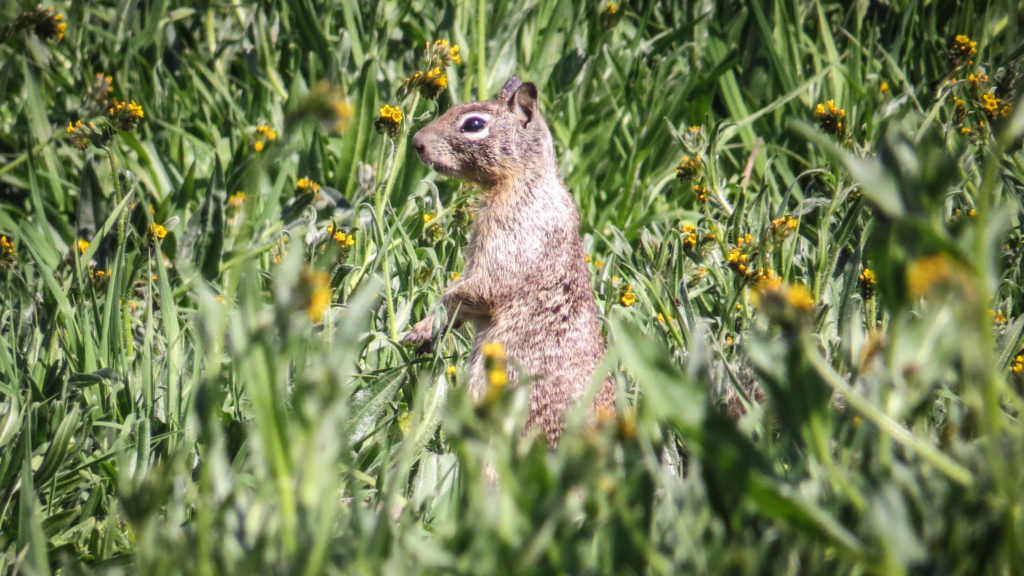
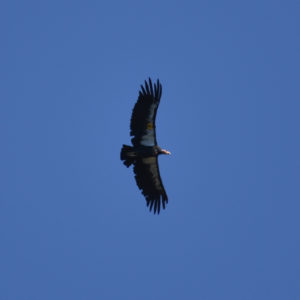 CONDORS
CONDORS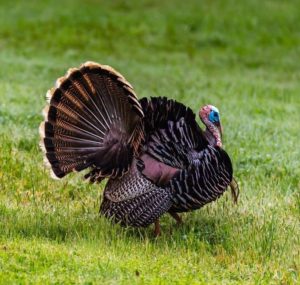 WILD TURKEYS
WILD TURKEYS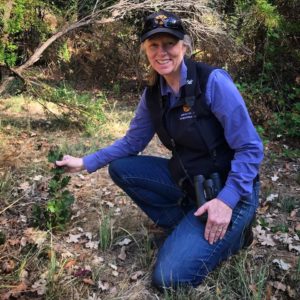 VALLEY OAKS
VALLEY OAKS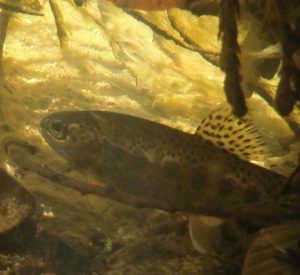 STEELHEAD TROUT
STEELHEAD TROUT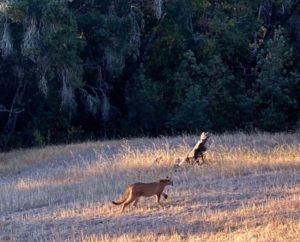 MOUNTAIN LION
MOUNTAIN LION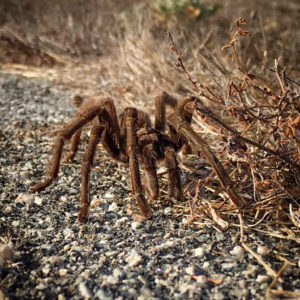
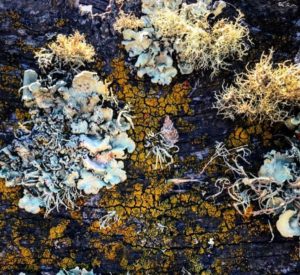 LICHEN
LICHEN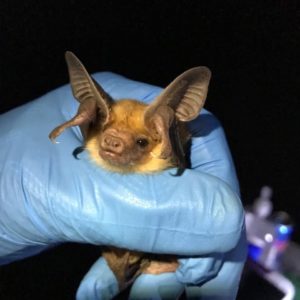 BATS
BATS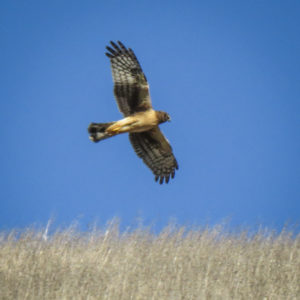 NORTHERN HARRIERS
NORTHERN HARRIERS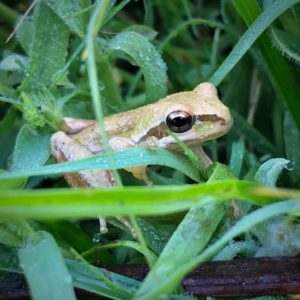 FROGS
FROGS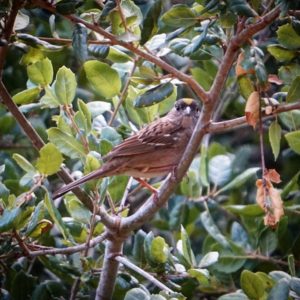 GOLDEN CROWNED SPARROW
GOLDEN CROWNED SPARROW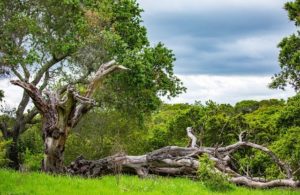 FALLEN TREES
FALLEN TREES